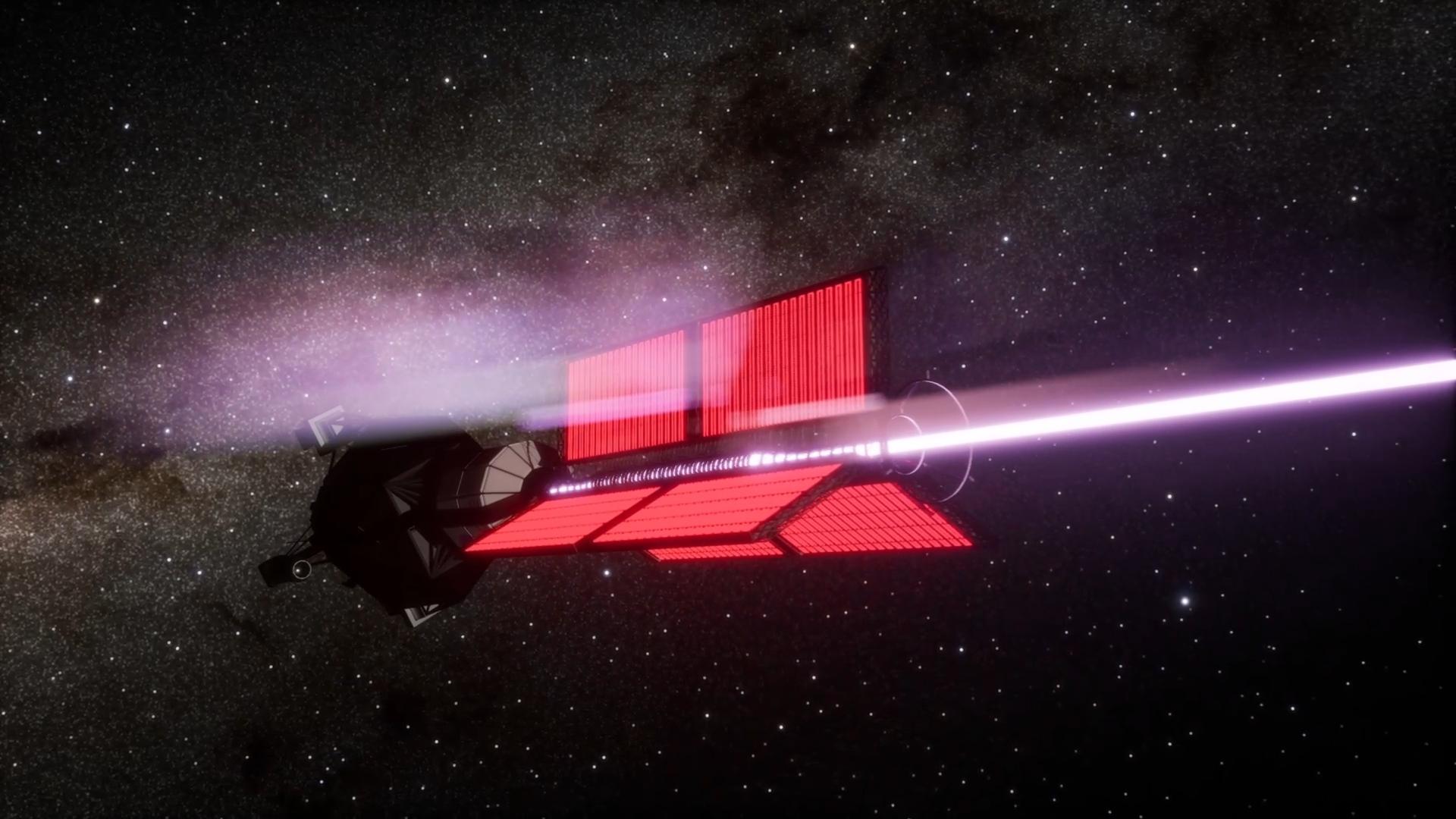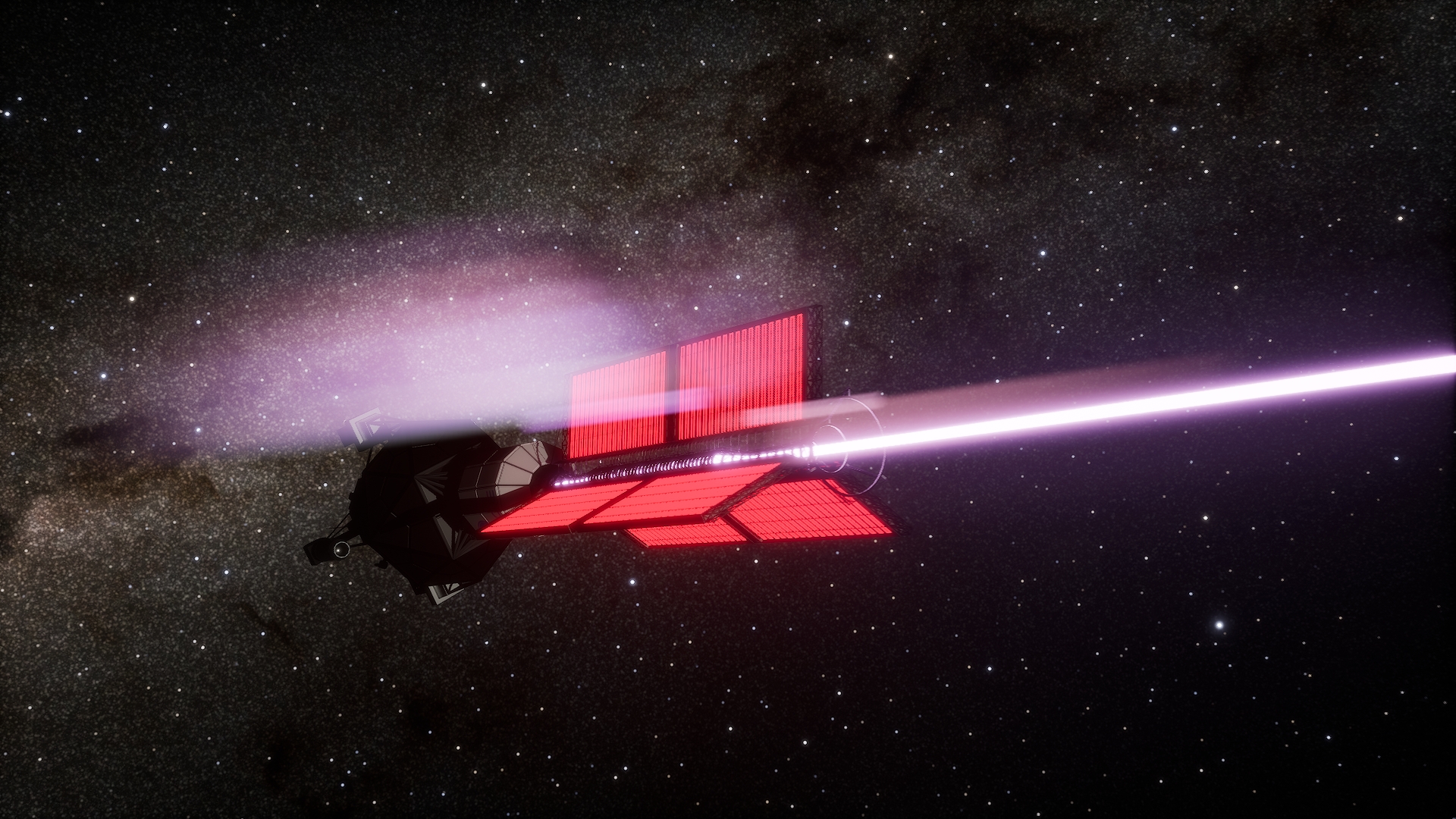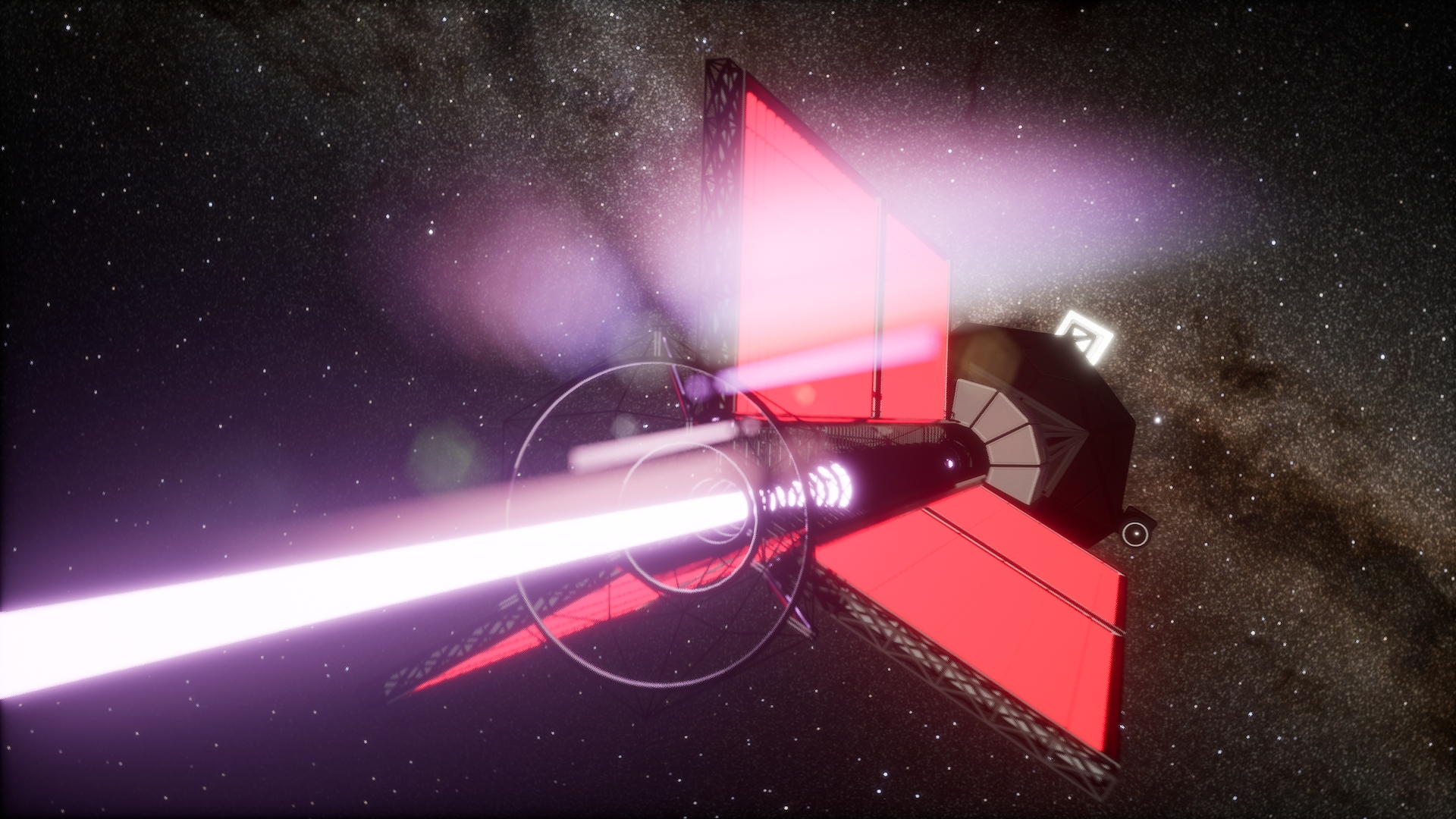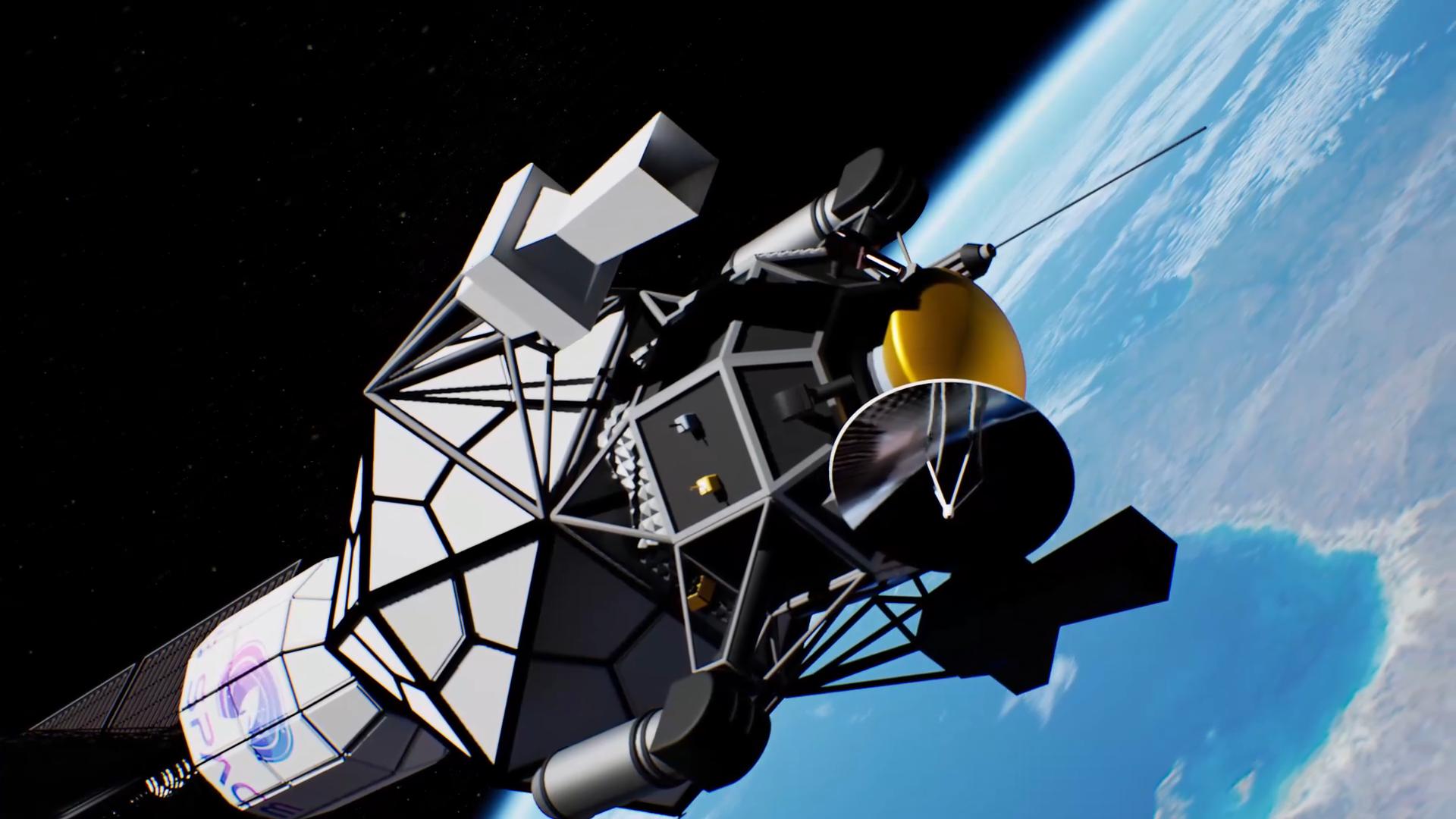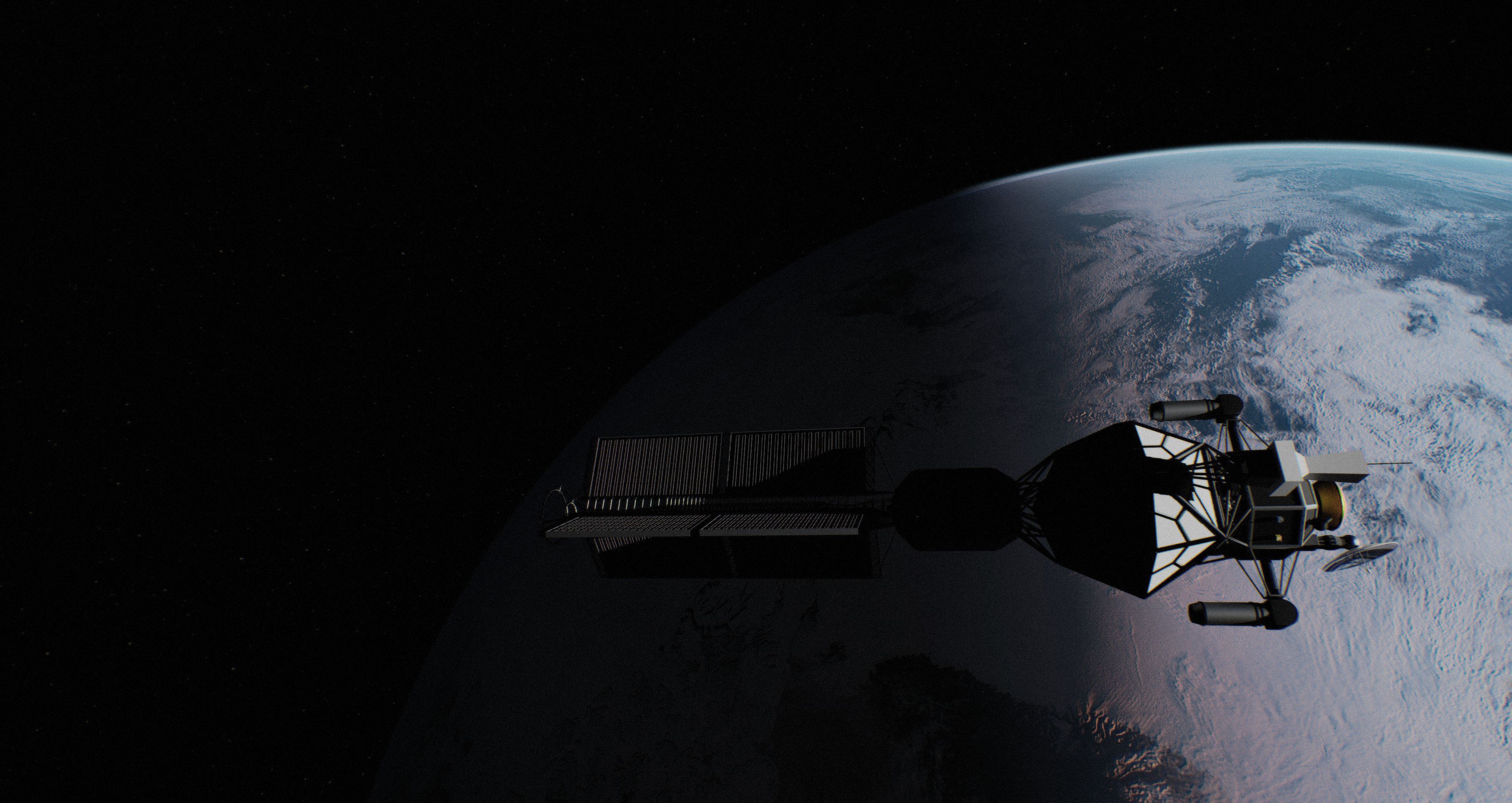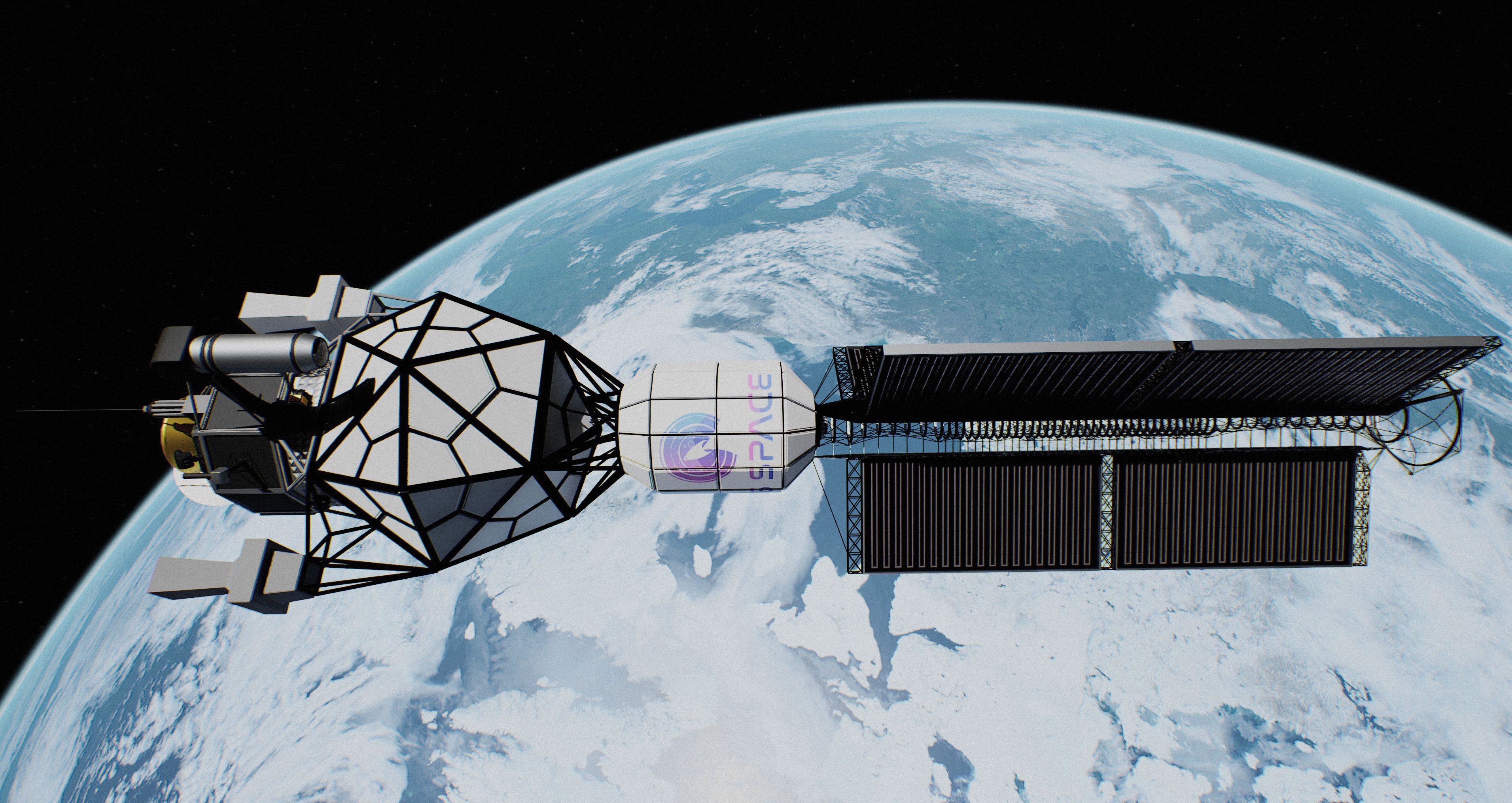Live Telemetry
Enjoy watching live events as they unfold, via the basic telemetry feed.
View Live Telemetry
Dimensions: 16.6m length, 1.8m diameter
Mission: Geological exploration of Proxima b and atmospheric analysis
Features: Modular design, high-resolution optical and thermal imaging arrays, and multi-spectrum sensors
Technology: DCMCAAFR compact reactor, magnetic nozzle, advanced fuel systems, AURAI autonomous control
Enjoy watching live events as they unfold, via the basic telemetry feed.
View Live TelemetryFull-depth insight into the spacecraft's internal subsystems, state, and decision-making processes.
View ACEP Premium TelemetryThe Alpha Centauri Exploratory Probe (ACEP) is an autonomous deep-space spacecraft engineered to execute comprehensive investigations of Proxima b, an exoplanet of high astrobiological interest in the Alpha Centauri system. Mission objectives include quantitative characterization of surface geology and geomorphology, atmospheric composition and structure, and key environmental parameters, producing decision-grade datasets that de-risk subsequent human and cargo operations.
Propulsion and ship power are provided by a compact DCMCAAFR. A vectorable magnetic nozzle enables precise throttling and exhaust steering for efficient continuous-thrust profiles. Autonomous operations are supervised by AURAI, which performs real-time propulsion and power scheduling, sensor tasking, and fault management with minimal ground-in-the-loop, accounting for multi–light-year light-time delays.
The payload suite comprises high-resolution optical and thermal imagers for fine-scale surface mapping; atmospheric composition instrumentation (mass spectrometry and gas chromatography) for trace-gas detection; and LIDAR for altimetry and high-fidelity topography. A dedicated descent element, ACEP Atmos, acquires in situ pressure–temperature–composition profiles during a timed entry sequence and relays results to the orbiter during a predetermined link window prior to terminal descent.
Click on each category to view completed milestones.
Speed 0 equals LEO velocity at 200 km altitude
